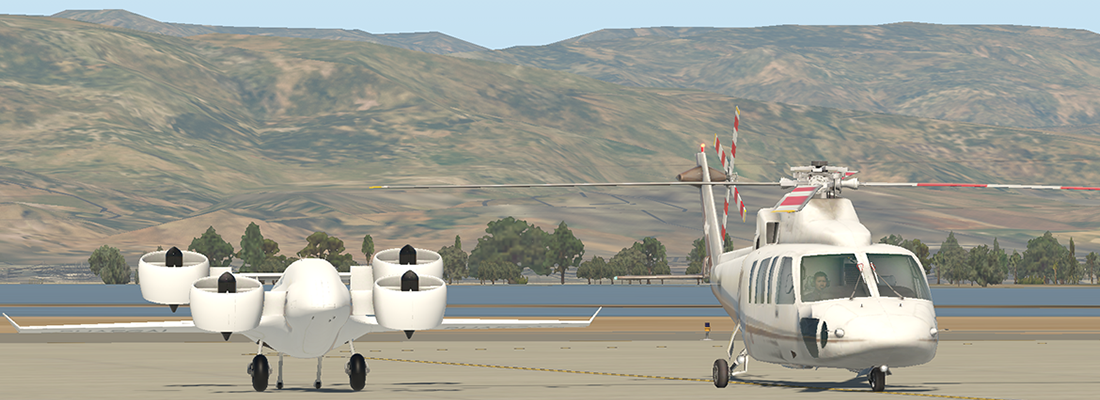Commercial UAV Expo got in touch with Ed de Reyes, CEO and co-founder of Sabrewing Aircraft, Inc. They talked about whether or not heavy-lift cargo drones can be a “bridge” to enabling UAM ecosystems, the specific advantages that heavy-lift cargo drones represent, what milestones with this technology we should be looking out for and much more.
According to him, the toy drones are most popular in the market and easily accessible for the public. These cargo drones transport ordered food or band aids, but are not made for bad weather and bigger products.
“First of all, instead of carrying burritos or bandaids or a bucket of fried chicken – we can carry entire medical suites and entire kitchens full of food. Secondarily, we can carry a cargo load of up to 6000 pounds (2700 kg) for 1000 miles (1800 km) in any weather. We can do this in environmental conditions where no toy drone can go – and do it reliably – to the most remote parts of the Earth. Where a toy drone can carry a bottle of water, a vial of medicine or liter of blood a few miles in a natural disaster, you’ll have to get close enough to that natural disaster to get that drone in and out. If you’re delivering by parachute, you’re still faced with the dilemma of delivering hundreds of bottles of water and gallons of blood and tons of medicine into a disaster area. You could literally fly toy drone flights around the clock for days and not reach a quarter of the load that our Rhaegal aircraft can carry in one single load.”
Read the full article here.






